Google Messages now finally shields you from surprise nudes
What you need to know
- Google Messages is rolling out smart alerts to automatically blur explicit images before you even see them.
- The feature is opt-in—you’ll need to turn it on yourself. Once active, it flags potential nudes before they load and offers options for action.
- You can choose to view the image, block the sender, or check out why it was flagged.
- Teens have it turned on by default, but adults need to opt in.
Google Messages is kicking off the rollout of smart alerts for sensitive images. Basically, if it spots something that looks like nudity, it’ll blur it out automatically before the recipients even open it.
This privacy-first feature has been simmering behind the scenes for quite some time. Google first gave us a preview of it last year, aiming for a February launch. Fast forward to now, and it’s finally starting to show up, but only in the beta version of Google Messages and just for a small group of users, per 9to5Google.
The Sensitive Content Warning is opt-in, so you’ll need to turn it on yourself. Once it’s active, it acts like a little checkpoint that flags potential nudes before they load and gives you a heads-up, plus some helpful info and options.
‘You sure about that?’ warnings
When you get this warning, you’ve got three choices: go ahead and view the image, block the sender, or check out why it was flagged in the first place. If you do choose to view it, you’ll also get the option to blur it again later, which is handy if someone else grabs your phone for a brief moment.
If you’re about to send a risky picture yourself, it’ll also drop a quick warning to let you know what you’re getting into.
Sensitive Content Warnings work a bit differently depending on your age. While adults have to turn it on themselves, for teens, it’s switched on by default. If it’s a supervised account, like one managed by a parent through Google’s Family Link, you can’t turn it off at all. But if you’re a teen (13–17) with an unsupervised account, you can go into your settings and switch it off manually if you want.
Your device, your privacy
A key thing to highlight is that everything happens right on your device. Thanks to Android’s SafetyCore, the app handles all the scanning and results locally, with zero data being sent to Google’s servers.
Since all the scanning happens on your device, Google makes it clear that it is not seeing your photos or sending anything out. Plus, it doesn’t mess with RCS’s end-to-end encryption, so your messages stay fully locked down.
That said, this feature only covers still images (videos are not included) and only activates when a supported app, like Messages, makes the request.
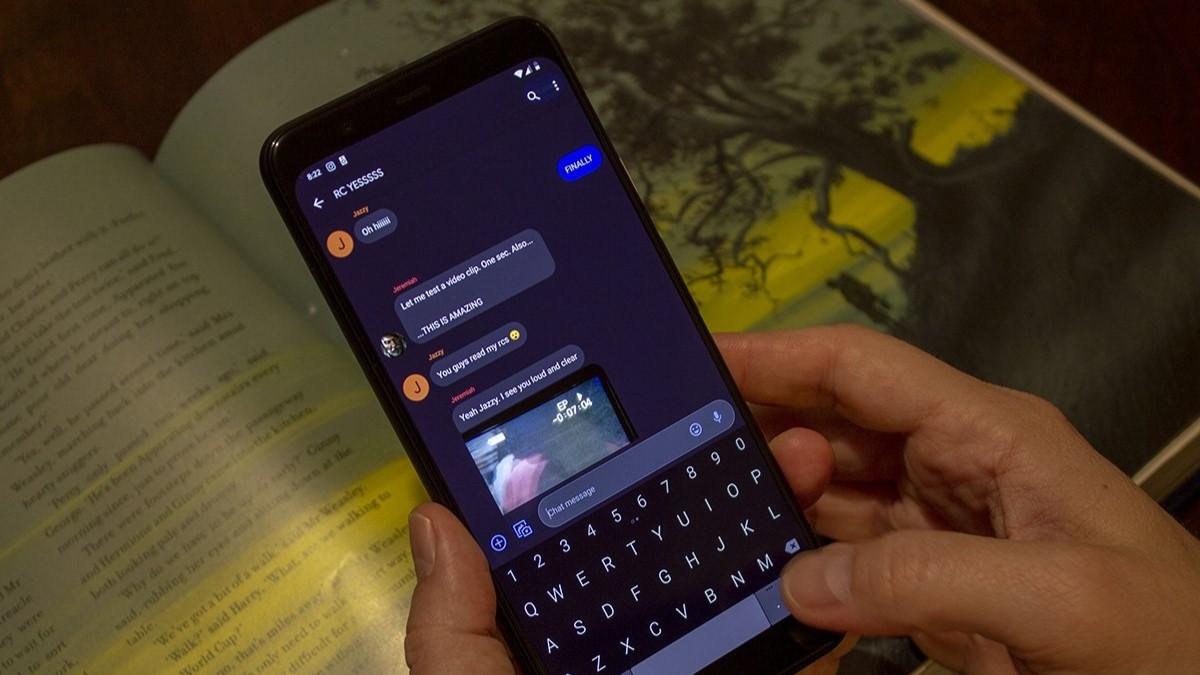
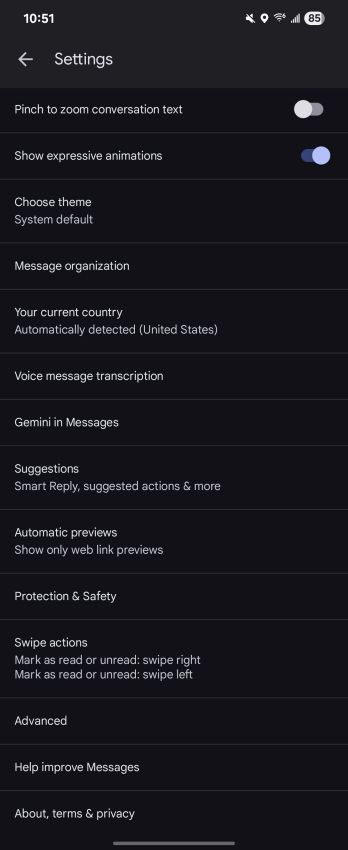
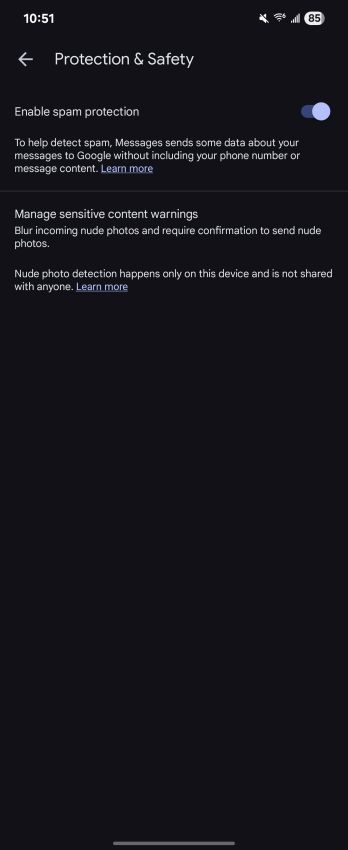
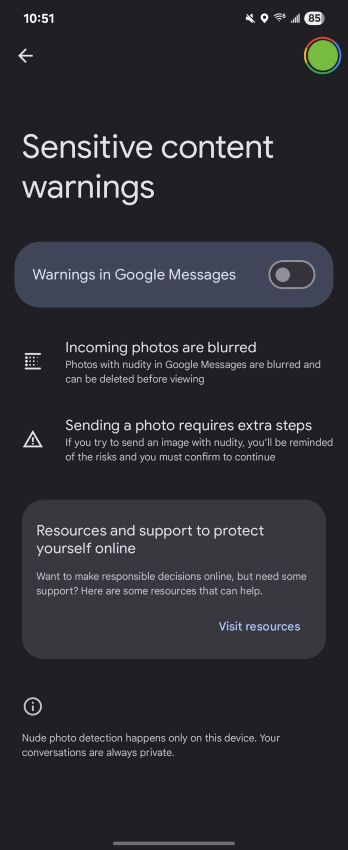
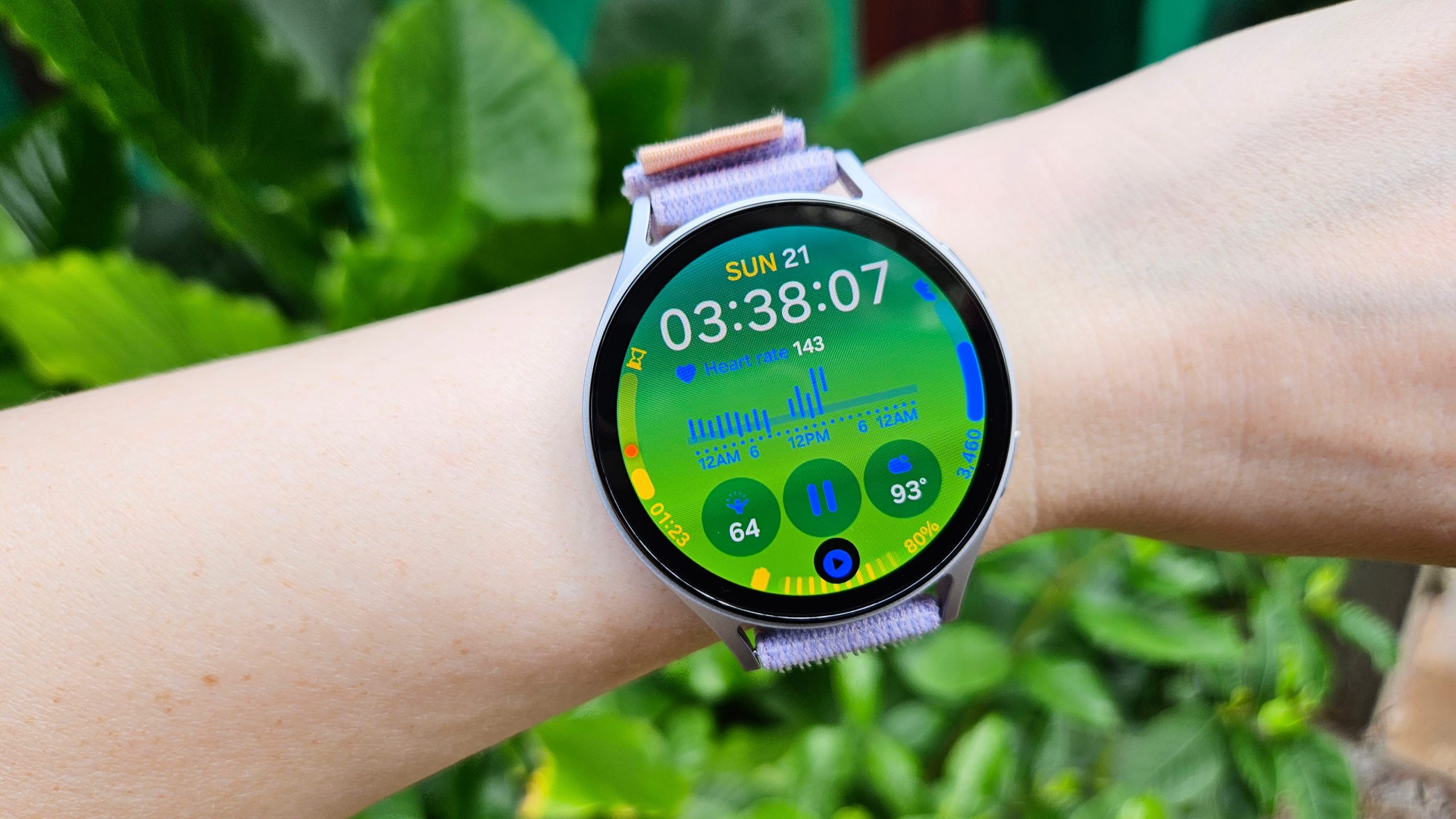

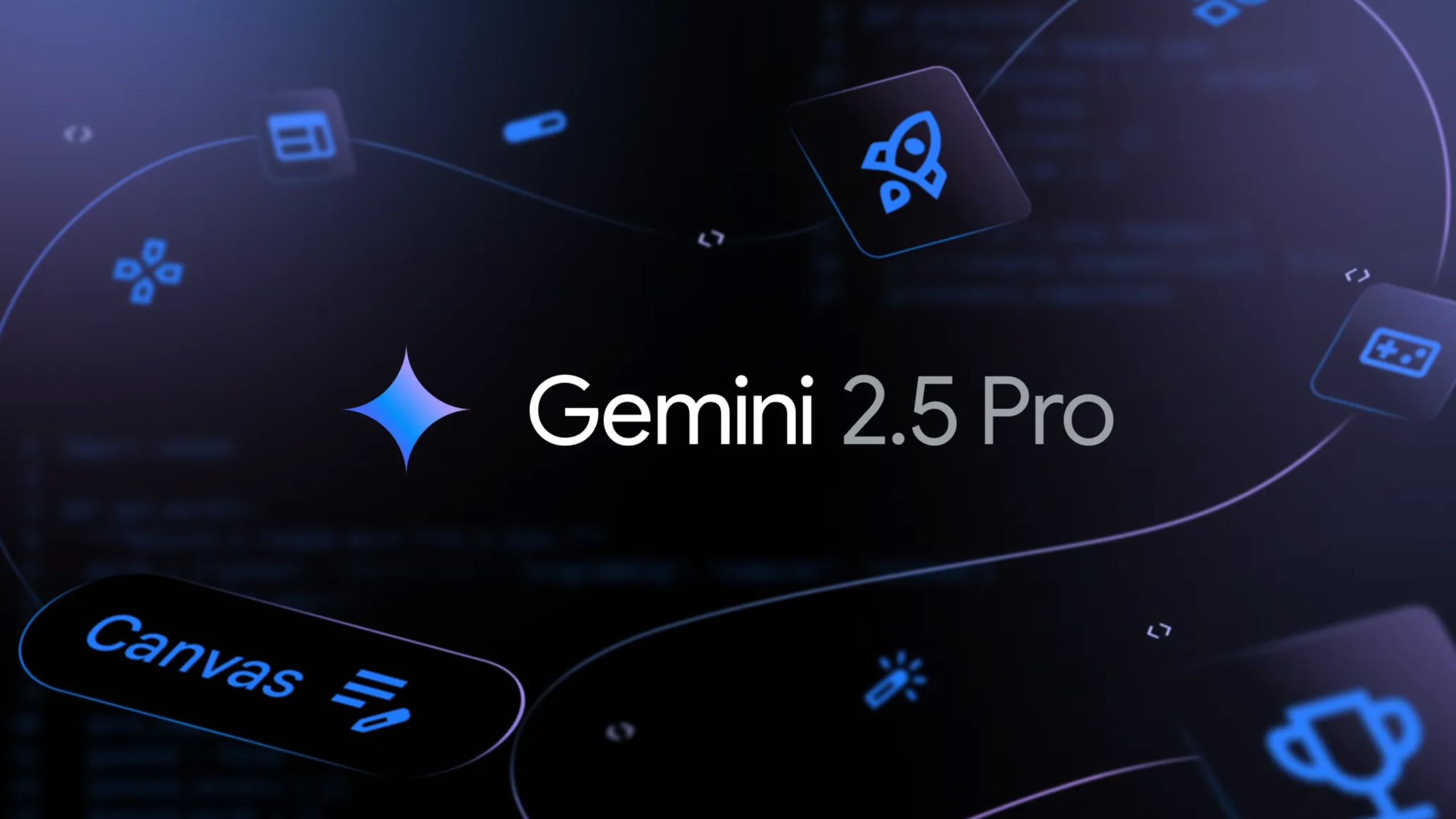
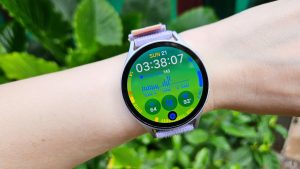


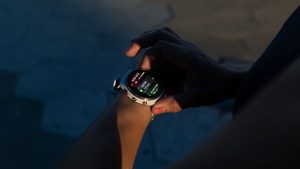
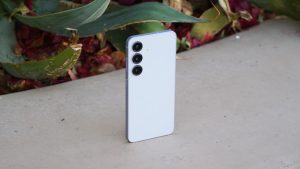



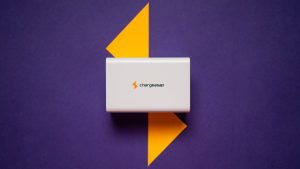

Post Comment